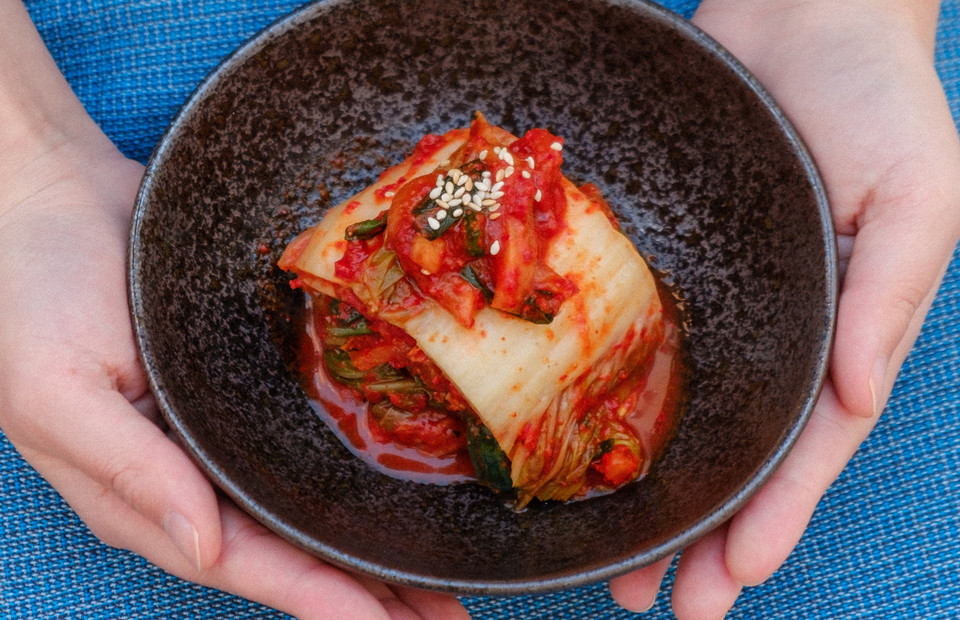
These days, I get a lot of questions from overseas acquaintances asking,’Why is the Korean market doing this?’ It is true that the domestic cryptocurrency market has recently overheated. In March, the volume of transactions exceeded the KOSPI. The’Kimchi Premium’ has steadily increased since February, exceeding the Cryptoquant Index of 12% as of the 4th.

The reason why Korea is paying attention overseas is also because of the kimchi premium. They are worried that the history of the cryptocurrency bubble that erupted in January 2018 will be repeated once again. At that time, Bitcoin’s kimchi premium was close to 50%, and the price bubble burst and the crash occurred for a year and continued to decline and sideways.

What is the reason for the kimchi premium? The biggest reason is that the structure of domestic exchanges where Korean won can be traded is rather closed. Even if a kimchi premium occurs in the domestic market due to an instantaneous buy-sell imbalance, it will soon disappear if arbitration is possible.
However, in Korea, it is not easy to transfer bitcoins from abroad to Korea, to realize profits in won, then convert them into dollars (USD) and send them overseas. So, the kimchi premium does not disappear easily, and Koreans have no choice but to buy them on Korean exchanges even if buying bitcoins in won is about 10% expensive.
On the 4th, Cryptoquant CEO Ki-young Ki explained the kimchi premium as a’Fear Of Missing Out (FOMO) indicator’ on his Twitter on the 4th. FOMO refers to a phenomenon in which investors feel fear that they may not be able to join the price hike if they do not buy now. In Korea, there are not many institutional investors like the United States, so the incurred premium may mean the market concentration of ant investors.
It is clear that the kimchi premium, which exceeds 10%, is a kind of’anomaly’. If so, will a bear market like 2018 await the end of this phenomenon? CEO Joo pointed out that’the possibility is small.’ According to TradingView Data, an asset market data provider, the daily trading volume of the Korean cryptocurrency market is about 1.7%. About 7.9% of the global transaction volume is only 21.5% compared to January 2018 when it took place in Korea.
Remember when the $BTC market collapsed with a 50% kimchi premium back in 2018?
Don’t worry.
Simply calculating the trading volume, the Korean market had 7.9% of the influence as of 2018 January, while today it is only 1.7%.
Data: @tradingview https://t.co/rzC978Bn5A pic.twitter.com/NETvrc4vtx
— Ki Young Ju Ki Young (@ki_young_ju) April 4, 2021
Bitcoin investors reading this article may be experiencing the fact that the frequency of asking their parents and other acquaintances’how to buy bitcoin’ has increased in recent years. Some of the investors classify the phenomenon that people who were not interested in bitcoin suddenly become interested in purchases by the criterion of’human indicators’. It means that the phenomenon that inexperienced investors express their interest in itself is indirect evidence that the market has passed its maturity period and has entered an overheating period.
To see if this is a problem specific to Korea or a global trend, refer to the on-chain data. According to the trend of on-chain data so far, if the 7-day moving average of the average amount of bitcoin deposits deposited to all exchange wallets falls below 1 bitcoin, it can be judged that ant investors are active. This metric hit 0.74 Bitcoin on March 24th. From this point of view, it seems that there are a relatively large number of ant investors in the market right now.

Is it a bearish sign that a lot of ant investors are in the market? I can’t say yet. This is because ant investors can revolutionize the market and drive prices up, just like in the U.S. gamestop crisis. Above all, the ratio of bitcoin and stablecoin currently tied up in the exchange is showing a pattern closer to a bullish market than a bearish market.
There are still a lot of bullish signals alive in terms of supply and demand to be considered as the beginning of a bear market. Adjustments can come at any time, but in the long run, they are still rising. So, I don’t think I have to worry too much about the kimchi premium.

For reports and press releases, [email protected]
